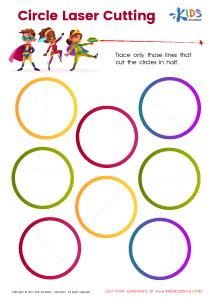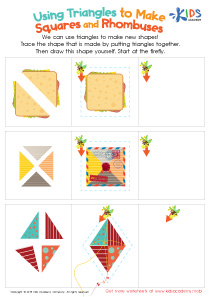Critical Thinking Normal 2D Shapes Worksheets for Ages 5-8
5 filtered results
-
From - To
Cultivate young minds with our comprehensive "Critical Thinking Normal 2D Shapes Worksheets" tailored for children aged 5-8. Each downloadable worksheet is thoughtfully designed to develop your child's critical thinking and shape recognition skills. Featuring fun and engaging activities, these worksheets challenge kids to identify, compare, and analyze basic geometric shapes. Enhance their problem-solving abilities through exercises that involve shape sorting, pattern recognition, and symmetry tasks. Perfect for both classroom and home use, these aesthetically pleasing worksheets make learning an enjoyable journey. Equip your child with essential cognitive skills through our interactive and educational resources.
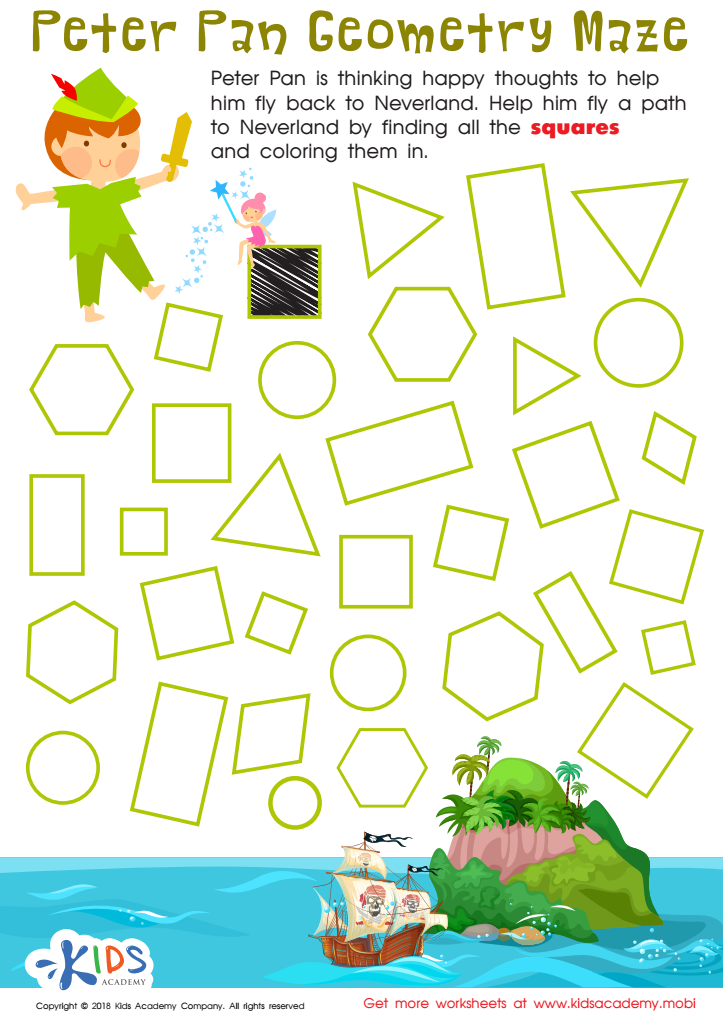

Peter Pan Worksheet
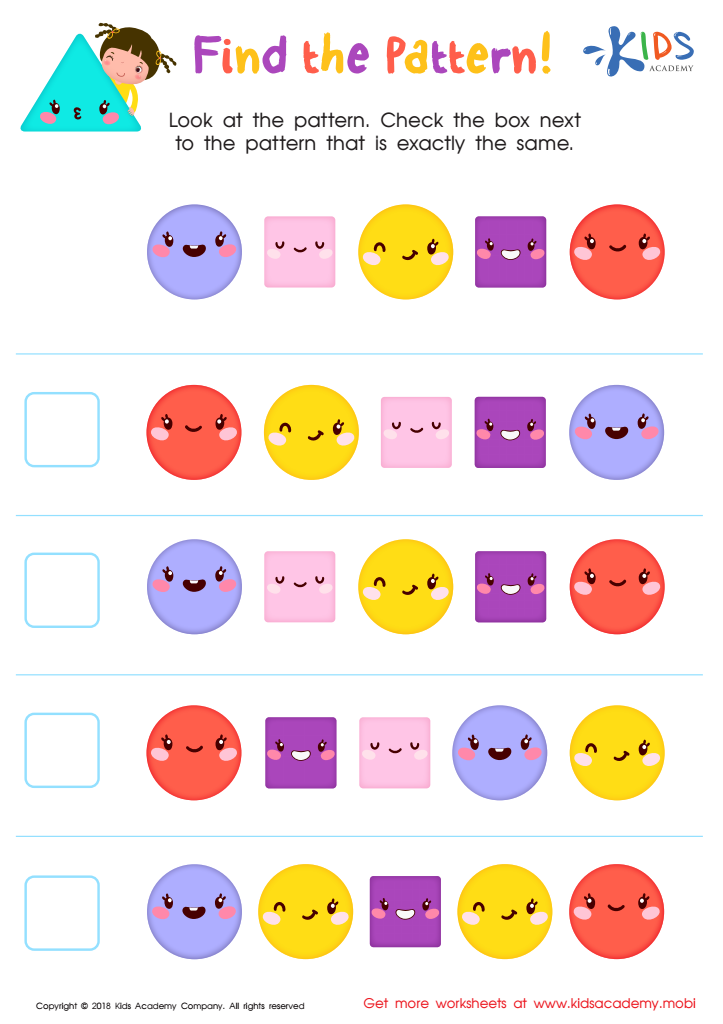

Find the Pattern Worksheet
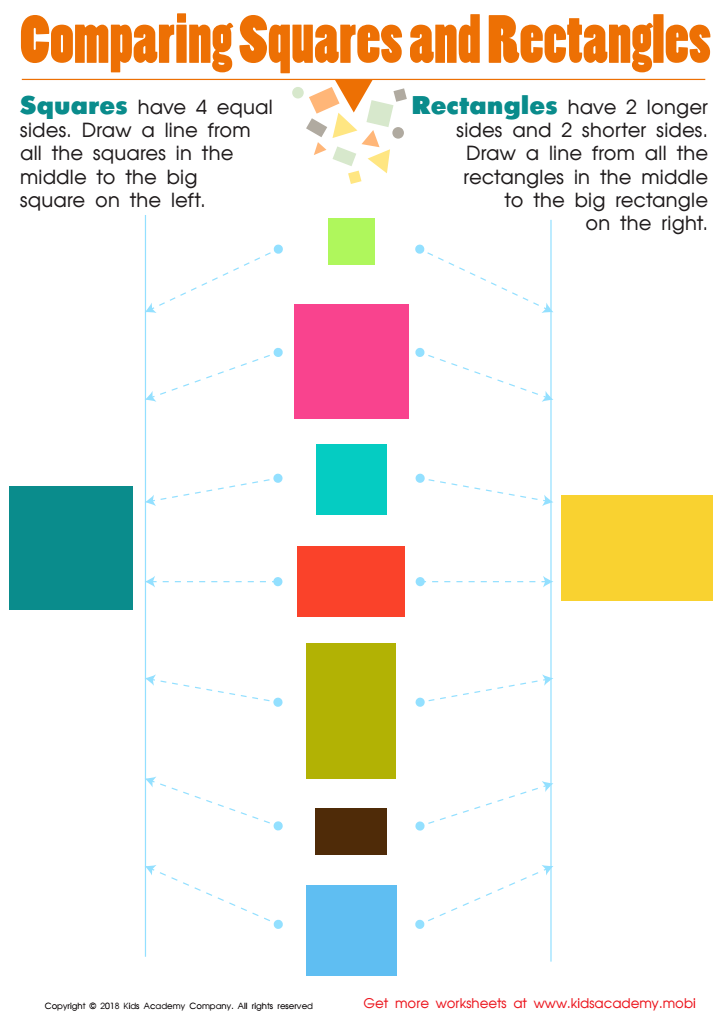

Comparing Squares Rectangles Worksheet
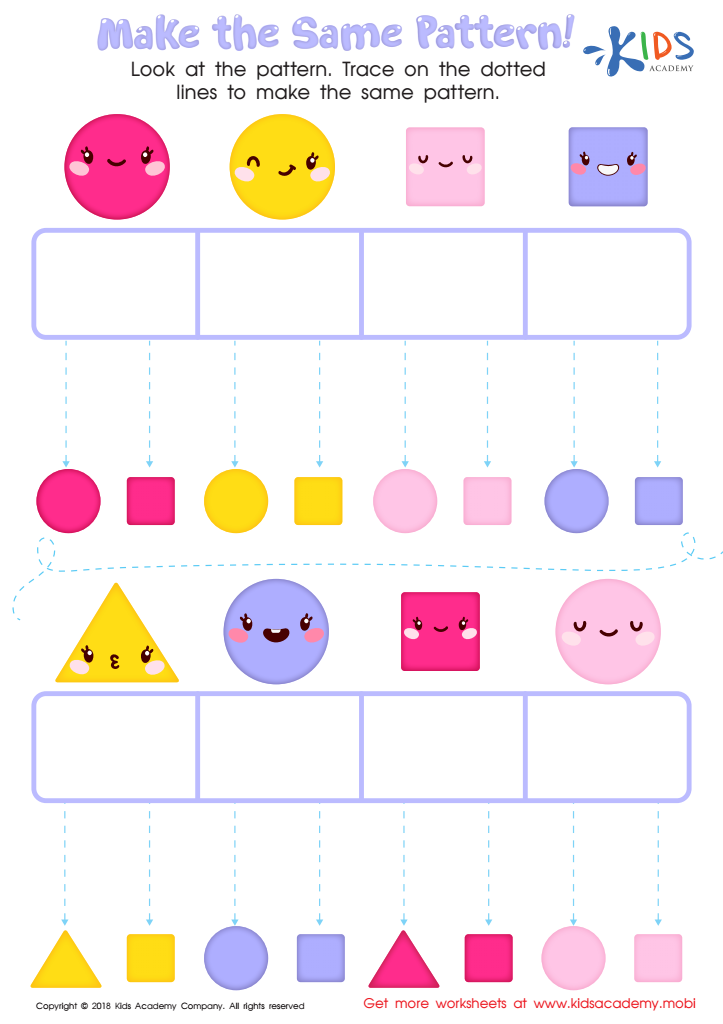

Make the Same Pattern Worksheet


Using Squares to Make Rectangles Worksheet
Caring about critical thinking and understanding normal 2D shapes for children ages 5-8 is vital for their cognitive and educational development. First, learning about 2D shapes such as circles, squares, triangles, and rectangles helps children recognize and categorize visual information, enhancing their ability to observe and interpret the world around them. This foundational skill is essential in everyday life, whether they are navigating roads, recognizing objects, or engaging with technology.
More importantly, introducing critical thinking at this stage fosters problem-solving abilities. When children analyze shapes, compare their properties, or solve puzzles involving these shapes, they are enacting vital cognitive functions like reasoning, hypothesizing, and determining patterns. These skills are not just about academic achievement but also about cultivating a mindset that approaches challenges logically and creatively—an attribute beneficial throughout their lives.
Additionally, early exposure to such concepts serves as a gateway to more complex mathematical and geometric theories, setting a strong foundation for future learning. It aids in the development of spatial awareness and fine motor skills, preparing them for more advanced tasks and reducing the likelihood of difficulties later on.
Therefore, parents and teachers should prioritize activities involving 2D shapes and critical thinking to create an enriching, stimulating environment that supports holistic educational growth.
 Assign to My Students
Assign to My Students














